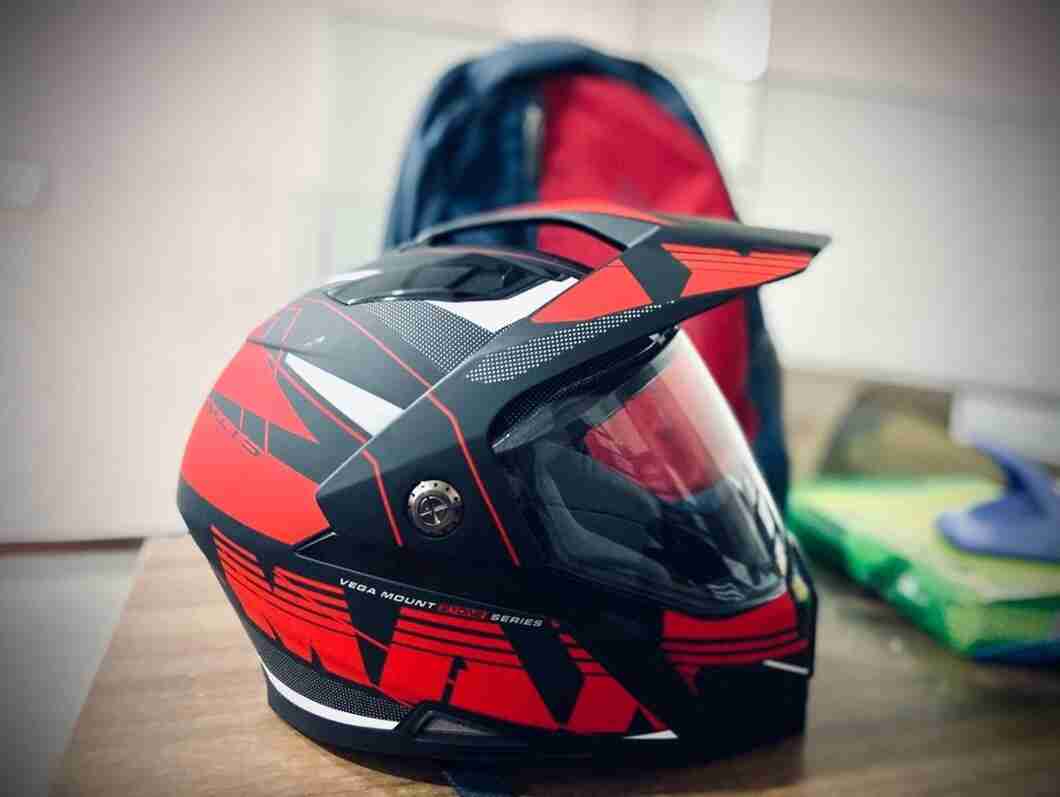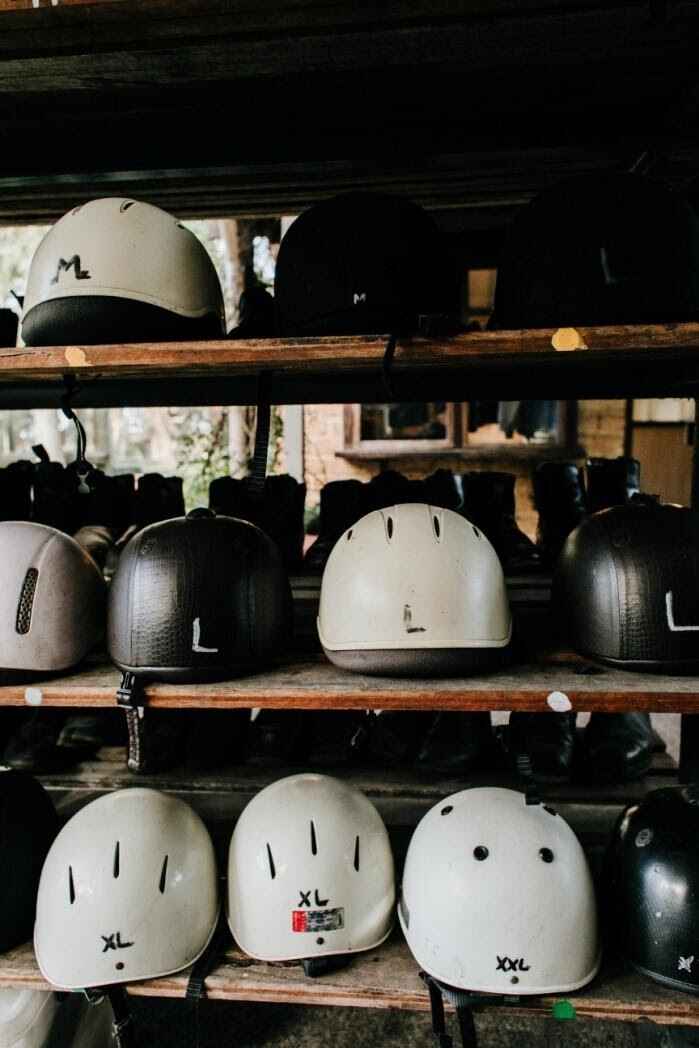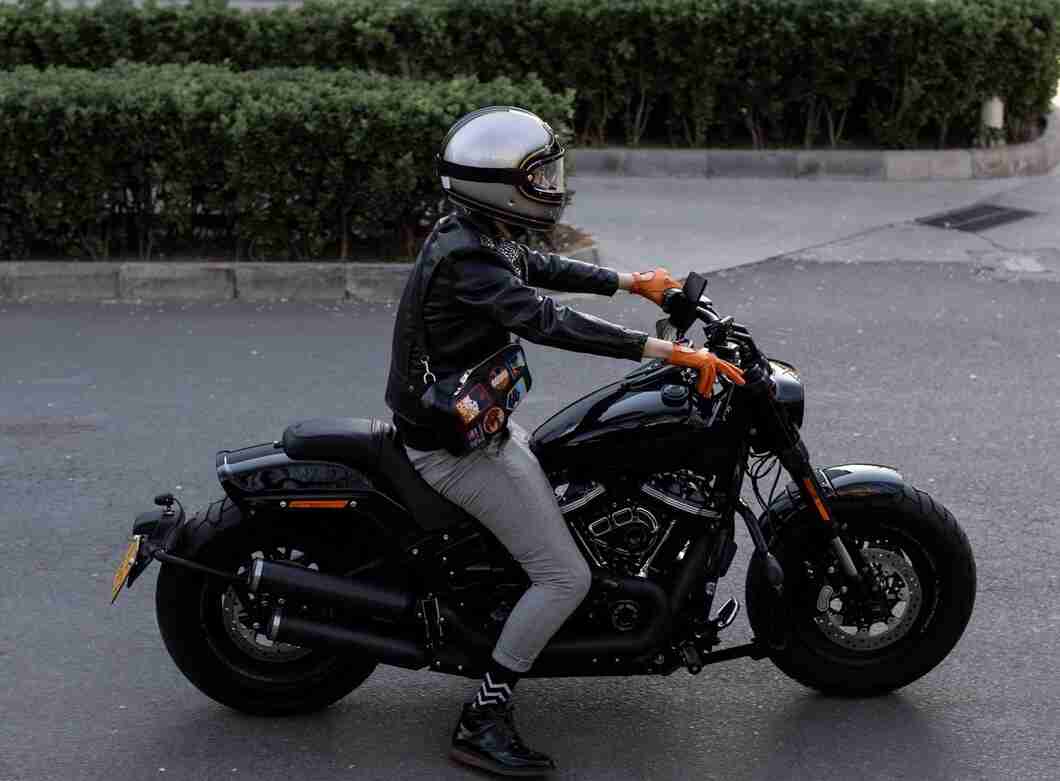
Importance of Motorcycle Helmets
Two-wheelers are an increasingly popular mode of private commute given their affordability and enhanced time-effectiveness compared to public transport. However, with the rise in motorcycle usage, the rate of road accidents is also rising.
One of the prominent causes of traffic-related deaths is the failure to use helmets. This has been a common scenario on Indian roads, mostly due to lenient law enforcement.
However, with strict regulations coming into effect, we provide you with a detailed guide on why choosing from the best motorcycle helmet brands is important and how they can help ensure your safety in the end.
Why are Helmets Important?

A comparative study of the National Crime Records Bureau (NCRB)’s data of 10 years shows a 17.3% increase in the share of two-wheeler occupant’s deaths in total road fatalities(1).
Read on to understand how a motorcycle helmet can benefit you in so many ways.
- Prevents head injuries: A prominent number of fatalities happen due to brain impacts and haemorrhage, and a helmet can easily prevent such injuries. According to the WHO, proper usage of protective headgears can bring down the possibility of head injuries by 69% in a motorcycle crash and essentially save your life (2).
- Saves your eyes and jaws: This is where a full-face helmet comes to use as it covers your entire face. Hence you do not lose your teeth or sustain jaw injuries in a nasty accident. Also, the visor of such headgears covers your eyes and nose from injuries as well.
- Cuts out ambient or wind noise: Full-face helmets cover your ears as well, preventing any unwanted noise from causing harm while riding. Also, this helps cut out cold wind during winters, preventing you from catching a cold.
However, to get all these benefits, you must know how to pick a bike helmet offering utmost efficiency.
How Do Helmets Protect Your Head and Face?
A helmet fits squarely on a rider’s head and it is held in place with an adjustable strap. A transparent vision protects your eyes and nose region from impact, without obstructing your view of the road. Also, this visor can be opened and closed as per the rider’s convenience, although a closed visor is always recommended.
How to Choose a Motorcycle Helmet for Yourself?
Here are some of the important factors to consider when shopping for a motorbike helmet.
Know your head size and shape

Wearing a helmet that doesn’t fit your head properly is no use. This is because a headgear too large will keep wobbling around your head, while one that is too small will put pressure on all the wrong points of your head. If this is the case with your current bike helmet, change it ASAP!
Leading brands have a standard motorcycle helmet size chart with sizes ranging from XS to XXL and respective dimensions in cm or mm.
Now, the measurement of the same-size helmet, say M, might vary across different brands. Therefore, always measure your head’s circumference to see which value in cm/mm is closest to this measurement. You can get a rough idea by wrapping a cloth tape around your head, 1 inch above your eyebrows at the front and the highest point at the back of your head. Take multiple measurements to get the most accurate result.
Bike helmet fit
Yes, your head might end up showing the same measurements of the cloth tape as another person, and yet your helmet might feel extremely uncomfortable for him/her. This is where a head shape like round, oval, egg-like, or earth-shaped comes into play.
The internal padding decides this shape. Even the best motorcycle helmet brands use some 2-3 basic external shells for the 6 different headgear sizes. For instance, an XL helmet shell is sold as both L and M size ones.
Here, the thickness of internal padding decides the final size and fit. In this case, the M helmet will have thicker padding compared to L. While this is fine, people with very small head sizes, like S, should make sure, despite the internal padding, that the outer shell isn’t oddly large, say L.
Comfort
All speculations aside, you will know a helmet will offer you optimum safety if it is comfortable. To understand this, you must never shy away from trying on every helmet matching your size.
If you are wondering how to choose a helmet that offers maximum comfort, here are some aspects to look out for when trying on different headgears. Make sure:
- Internal padding feels gentle against your skin.
- Cheek pads feel comfortable against your cheeks.
- Chin-strap does not chafe your neck.
- There are no spaces between brow pads and your temples.
- There are no pressure points.
- You can make mouth movements comfortably.
- Line shape syncs with your head shape.
- The helmet cuts out significant ambient noise.
Besides these aspects, you can also check if you have picked the right size from the motorcycle helmet size guide. A tightly fitted helmet will pull at your skin while being taken off.
Visor

Full face helmets come with face shields or visors, which many motorcycle riders in India tend to keep open the face shields. If you are one of them, your excuse might be a blurry vision. However, that is exactly what needs to be fixed.
When choosing from the best motorcycle helmet brands, always go for headgear with a transparent visor rather than a dark-tinted or smoked one. Also, while trying it on, check for possible distortions, especially around the edges. For even better clarity, you can opt for an anti-scratch and anti-fog visor if your budget allows it.
Safety standards
The government of India has mandated all motorcycle helmets to have the ISI (Indian Standards Institute) mark for legal sale and usage. This certification stands as one of the many safety standards for the best motorcycle helmet brands. A helmet with the ISI mark is a sign that it complies with all the regulations laid down by the BIS.
Other safety standards include ECE 22.05 for helmets manufactured in the UK and DOT for those in the US. The latter 2 certifications with 4+stars ratings offer much better safety proved in crash tests.
DOT testing involves dropping a helmet from a predetermined height onto two different surfaces. ECE 22.05 testing involves an anvil and impacts on certain specific spots. Additionally, chin straps, shell and abrasion resistance is also checked.
Ventilation
In a tropical country like India, proper helmet ventilation is an utmost necessity. With summer reigning over a major part of the year, most motorcycle riders skip wearing helmets to avoid getting sweaty and suffocated.
However, to keep up with safety, you must learn how to choose the right helmet with adequate vents for air circulation. Now, different manufacturers have varying placement of vents. Pick one that seems like offering the most breathable space. Also, check if they can be closed, which might be necessary during monsoon and winter.
Besides these standard requirements, you might also want to look for the quality of inner EPS foam, straps, and helmet colour. However, you must zero in on the type of helmet you want before everything else.
Planned Standardisation of Helmets in India
As per a new government regulation, all helmets must weigh 1200 grams or lower to be considered as acceptable. Similarly, another law is expected to mandate the use of ISI marked helmets only. Any helmet without such a certification would be deemed inappropriate and unlawful.
Popular Helmet Brands in India
There are a variety of helmets depending on their face coverage and usage. According to the Motor Vehicle Act 1988, bike riders in India can only use full-face helmets. Some of the best motorcycle helmet brands available in India are as follows:
- Steelbird: Trading under the brandings, such as Steelbird, Steelbird Ares, Steelbird Air, and Steelbird Ignyte, this company is famous for its golf-ball-shaped ‘bieffe’ helmets. Headgears from this brand will suit your requirement if you are looking for affordable models with sharp aerodynamic designs.
- Royal Enfield: The motorcycle brand famous for its classy-looking two-wheelers also produces several bike accessories, including helmets. These are quite affordable and come with an additional layer of inner foam shell, offering improved impact absorption and thermal insulation.
- MT: More on the higher end price-wise, MT can offer you the best off-road helmet if that is what you are enthusiastic about. All MT helmets come with DOT/ECE certification, which guarantees optimum safety. Some of the most efficient models from the brand include MT Falcon Warrior, MT Falcon System, and MT Falcon Energy.
- LS2: Another premium brand, LS2 makes some of the best motorcycle racing helmets available in India. They are renowned for providing safe, durable, and comfortable helmets with easy-to-operate locking mechanisms.
- Vega: One of the best-selling Indian helmet brands, Vega offers an extensive range of high-quality headgears at the cheapest rates. You can gauge the variety from its diverse models like Vega Edge, Vega Storm Drift S, Vega off-road D/V Gangster, and Vega Cruiser W/P Motorsports helmet.
Benefits of choosing helmets from these popular brands include -
- Ensured protection for your head and face in the event of accidents.
- Long life span, with minimal wear and tear.
- Proper certified helmets also prevent you from bearing any fines or penalties in case the government decides to enforce laws on helmet standardisation in the future.
Besides these 5 brands, there are various other helmet manufacturers for you to choose from in India. If, however, you choose not to get a helmet at all, there can be unfavourable consequences.
What's the Penalty for not Wearing a Helmet?
Section 129 of the 2019 amendment of the Motor Vehicle Act, 1988 makes it compulsory for all individuals with 4+ years of age to wear “protective headgear” while riding a motorbike in public areas.
It also specifies that this headgear must be built in such a way that it provides optimum protection. It must also be secured on the rider’s head with sturdy straps to make sure it does not fall off during an accident.
Violating the above-mentioned mandates can cost you a penalty of Rs.1000 and a 3-month suspension of your driving license under Section 194D of the primary act.
If you don’t want to involve yourself in these hassles, make sure to always wear a helmet and a functional one by all means.
When to Replace a Motorbike Helmet?
Like any other vehicle accessories, motorcycle helmets also have a shelf life. So, if you have been using the same helmet for a significant period, it’s time to get a new one. Even the best motorcycle helmet brands recommend getting a helmet replacement every 5 years.
Motorbike-owners must also change their helmets after every time they are involved in a crash. Now, you might be wondering, “Is spending for a new headgear necessary even if there is no visible damage?”
Yes, it is. Why do we say so?
In a majority of minor accidents, you might not be able to find any damage due to the negligible impact on the outer shell. However, on careful observation, you might find the EPS foam on the internal padding to be crushed. In that case, it is mandatory to replace your helmet at the earliest since the current one will not offer you the same degree of protection during subsequent accidents.
Now that you know all about the importance of this indispensable item of motorcycle riding gear, risk your life no further. Always adhere to safe and proper helmet usage for optimal comfort, while also avoiding fines.
Remember, your life is more valuable than how you look while wearing a helmet!











 Continue with
Continue with



